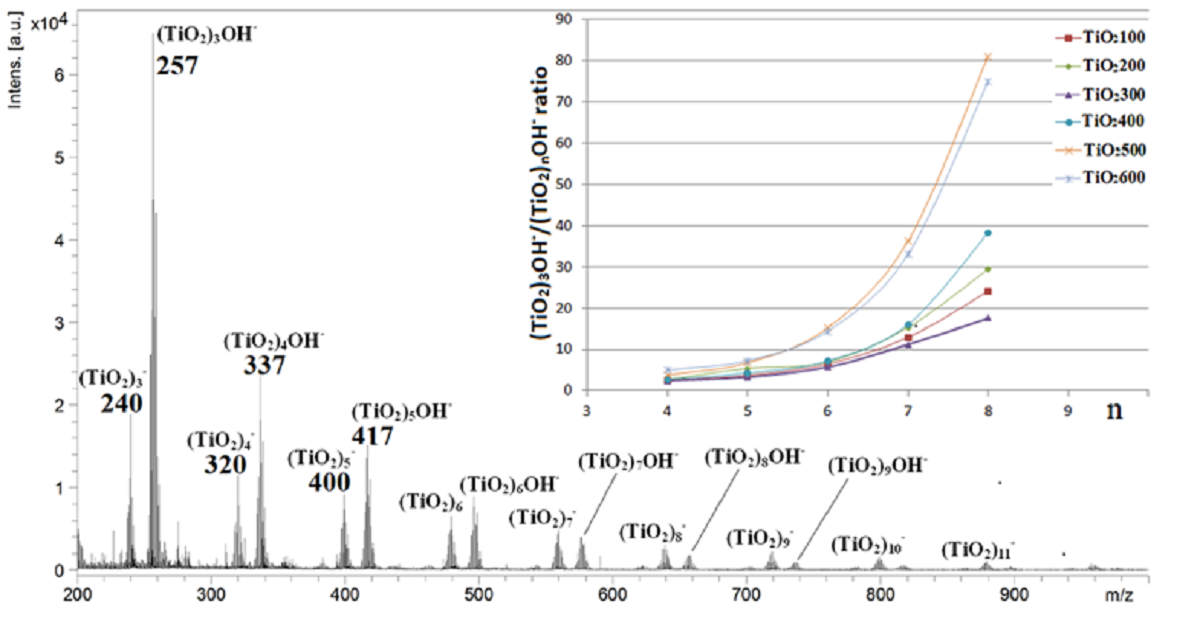Mass Spectrometry in Materials Science
A special issue of Materials (ISSN 1996-1944). This special issue belongs to the section "Advanced Materials Characterization".
Deadline for manuscript submissions: closed (10 January 2024) | Viewed by 27655

Special Issue Editor
Interests: mass spectrometry; natural compounds; antioxidants; food contaminants, analytical chemistry; supramolecular chemistry
Special Issues, Collections and Topics in MDPI journals
Special Issue Information
Dear colleagues,
Mass spectrometry (MS) has become an important tool for scientists working on the development of modern materials. The main mass spectrometry techniques which have advanced our knowledge in the field of material science are secondary ion mass spectrometry (SIMS), inductively coupled plasma mass spectrometry (ICP-MS), and laser ablation inductively coupled plasma mass spectrometry (LA-ICP-MS). The mass spectrometry techniques that are usually dedicated to the analysis of organic compounds, namely, electrospray ionization mass spectrometry (ESI-MS) and matrix-assisted laser desorption ionization (MALDI), have also found application in the analysis of materials, mainly in the analysis of polymers. This Special Issue of Materials, “Mass Spectrometry in Materials Science”, will focus on the application of mass spectrometry to the ultra-trace analysis, micro and nanodistribution analysis, surface analysis, as well as three-dimensional analysis of different kinds of advanced materials, e.g., semiconductors, superconductors, glass, metals and their oxides, biomaterials, ceramic materials, stainless steels, and others. Authors are invited to submit manuscripts that use mass spectrometry as an important tool in high-resolution material analysis and characterization.
Dr. Rafał FrańskiGuest Editor
Manuscript Submission Information
Manuscripts should be submitted online at www.mdpi.com by registering and logging in to this website. Once you are registered, click here to go to the submission form. Manuscripts can be submitted until the deadline. All submissions that pass pre-check are peer-reviewed. Accepted papers will be published continuously in the journal (as soon as accepted) and will be listed together on the special issue website. Research articles, review articles as well as short communications are invited. For planned papers, a title and short abstract (about 100 words) can be sent to the Editorial Office for announcement on this website.
Submitted manuscripts should not have been published previously, nor be under consideration for publication elsewhere (except conference proceedings papers). All manuscripts are thoroughly refereed through a single-blind peer-review process. A guide for authors and other relevant information for submission of manuscripts is available on the Instructions for Authors page. Materials is an international peer-reviewed open access semimonthly journal published by MDPI.
Please visit the Instructions for Authors page before submitting a manuscript. The Article Processing Charge (APC) for publication in this open access journal is 2600 CHF (Swiss Francs). Submitted papers should be well formatted and use good English. Authors may use MDPI's English editing service prior to publication or during author revisions.
Keywords
- high-purity materials
- polymers
- mass spectrometry
- trace analysis
- surface analysis
Benefits of Publishing in a Special Issue
- Ease of navigation: Grouping papers by topic helps scholars navigate broad scope journals more efficiently.
- Greater discoverability: Special Issues support the reach and impact of scientific research. Articles in Special Issues are more discoverable and cited more frequently.
- Expansion of research network: Special Issues facilitate connections among authors, fostering scientific collaborations.
- External promotion: Articles in Special Issues are often promoted through the journal's social media, increasing their visibility.
- Reprint: MDPI Books provides the opportunity to republish successful Special Issues in book format, both online and in print.
Further information on MDPI's Special Issue policies can be found here.






